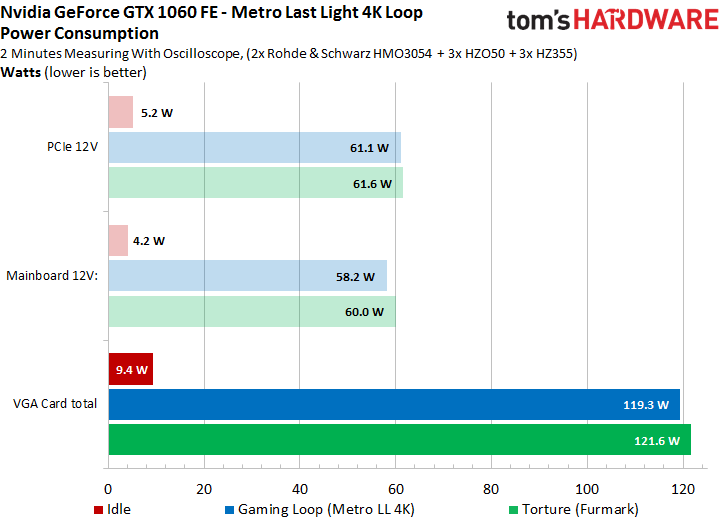Hello,
I plan to buy a graphics card and I have a big dilemma, because what most people consider an advantage, I consider experience as a disadvantage. It is about GTX 1050TI cards and the lack of additional power supply in the vast majority of these cards, only the most powerful and expensive ones, exceeding TDP> 75W, have an additional input. Personally, I would like to have an additional power input, even when theoretically the graphics power consumption is within the PCI-E specification, because I have seen (including on my own board) an overheated, even melted power supply plug and a 24-pin motherboard input working with graphics , which had no additional power. So the question is - if the graphics have an additional power input, then it gets the max from the PCI-E bus first, and if it lacks power, then does it take from an additional source? In such a situation, an additional input is not really needed in
I plan to buy a graphics card and I have a big dilemma, because what most people consider an advantage, I consider experience as a disadvantage. It is about GTX 1050TI cards and the lack of additional power supply in the vast majority of these cards, only the most powerful and expensive ones, exceeding TDP> 75W, have an additional input. Personally, I would like to have an additional power input, even when theoretically the graphics power consumption is within the PCI-E specification, because I have seen (including on my own board) an overheated, even melted power supply plug and a 24-pin motherboard input working with graphics , which had no additional power. So the question is - if the graphics have an additional power input, then it gets the max from the PCI-E bus first, and if it lacks power, then does it take from an additional source? In such a situation, an additional input is not really needed in



